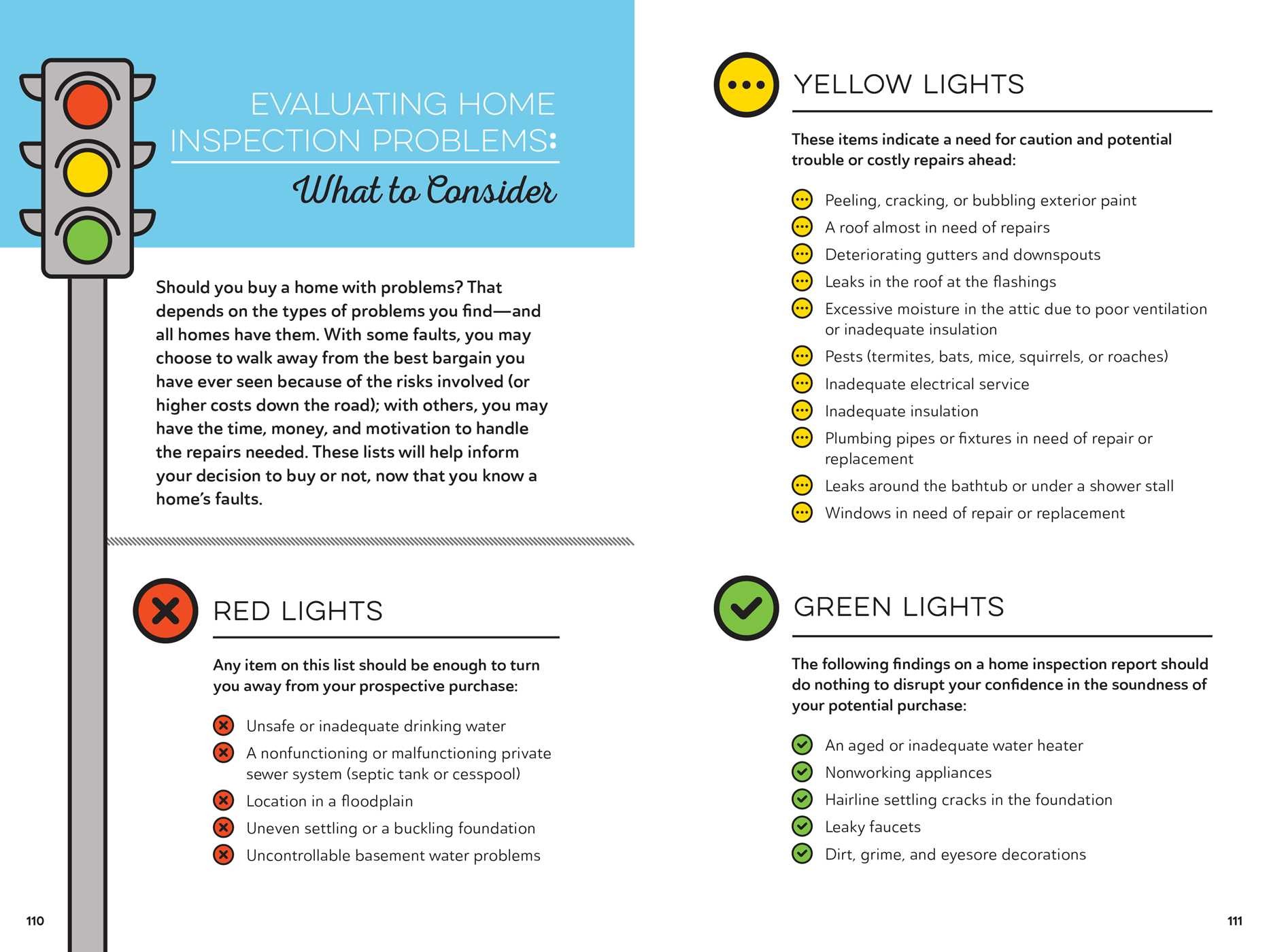Disregarding Roofing System Air Flow Can Cause Costly Fixings; Reveal The Vital Factors To Consider That Ensure Reliable Installment And Maintain Your Financial Investment
Disregarding Roofing System Air Flow Can Cause Costly Fixings; Reveal The Vital Factors To Consider That Ensure Reliable Installment And Maintain Your Financial Investment
Blog Article
Material Develop By-Byrne Thomsen
When you're taking on a roofing job, you might not believe much regarding roofing ventilation, however it's more essential than you understand. Reliable air flow assists control temperature and wetness in your attic room, stopping issues like mold and mildew and architectural damages. By recognizing just how to design and mount a well balanced air flow system, you can improve power efficiency and prolong the life-span of your roof products. So, what are the key factors to think about throughout installation that can make all the difference?
Significance of Roofing System Ventilation
Roof ventilation plays an essential duty in maintaining the general wellness of your home. By permitting fresh air to circulate with your attic, it helps control temperature level and dampness levels. This balance is vital to avoid warm buildup during hot months, which can result in raised power prices as your a/c burns the midnight oil.
Furthermore, appropriate ventilation considerably minimizes the risk of moisture-related problems like mold and mildew. If humidity levels climb, your home's structural integrity can be compromised, resulting in costly repair work. You wouldn't wish to take care of decaying wood or distorted roof products, right?
In addition, ample ventilation prolongs the lifespan of your roofing system. When heat and wetness are kept in check, your roof covering can carry out ideally, stopping early deterioration. This means less migraines and expenditures down the line.
How Roofing System Ventilation Works
Efficient roof covering air flow relies upon the all-natural activity of air to create a balance in between consumption and exhaust. When you set up vents, you're essentially permitting fresh air to enter your attic room while enabling hot, stale air to leave. This process aids regulate temperature and dampness degrees, protecting against issues like mold growth and roofing damage.
Intake vents, commonly discovered at the eaves, reel in cool air from outdoors. At the same time, exhaust vents, situated near the ridge of the roofing, allow hot air surge and exit. recommended in temperature level produces a natural air movement, known as the stack result. As why not look here , it creates a vacuum cleaner that pulls in cooler air from the reduced vents.
To enhance this system, you require to ensure that the consumption and exhaust vents are correctly sized and positioned. If the consumption is restricted, you won't achieve the desired ventilation.
Furthermore, inadequate exhaust can catch warm and moisture, causing possible damages.
Secret Setup Factors To Consider
When mounting roofing air flow, numerous essential factors to consider can make or break your system's performance. Initially, you need to evaluate your roofing system's design. The pitch, form, and products all influence air movement and ventilation choice. Make certain to pick vents that suit your roofing system type and neighborhood environment problems.
Next, take into consideration the positioning of your vents. Ideally, you'll want a balanced system with consumption and exhaust vents placed for ideal air movement. Location consumption vents short on the roofing and exhaust vents near the optimal to urge a natural circulation of air. This arrangement aids protect against wetness build-up and advertises energy effectiveness.
Don't forget insulation. Proper insulation in your attic room prevents warm from running away and maintains your home comfortable. Guarantee that insulation doesn't obstruct your vents, as this can hinder air movement.
Finally, think about upkeep. Select ventilation systems that are very easy to accessibility for cleaning and examination. Regular upkeep guarantees your system continues to operate successfully gradually.
Conclusion
In conclusion, roof ventilation is vital for a successful installation. By making certain correct airflow, you can avoid warmth buildup and wetness problems that lead to costly damage. When you tactically position consumption and exhaust vents, you improve energy effectiveness and extend the lifespan of your roof covering. Keep in mind, a well-ventilated roof covering not only shields your investment yet likewise enhances your indoor air top quality. So, focus on air flow to make certain a durable and cost-effective roofing system for your home.
